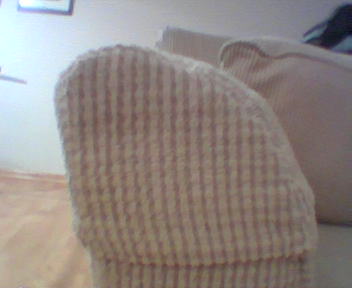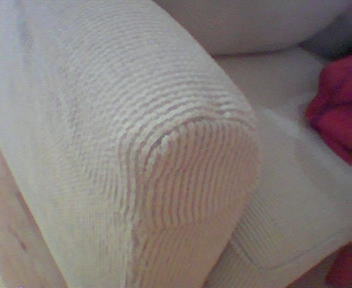This weekend I put in a Honeywell 360A whole house humidifier. The instructions said it should take an hour, and it only took me four. Nothing went wrong, which what you hope for when a project means cutting holes in your duct work, tapping into your water, and some wiring. Now when we wake up our throats don't hurt.


Comments
Update: If you don't tighten down the compression fittings on the water supply line it will let go and you'll drain water into the floor drain all night. d'oh

